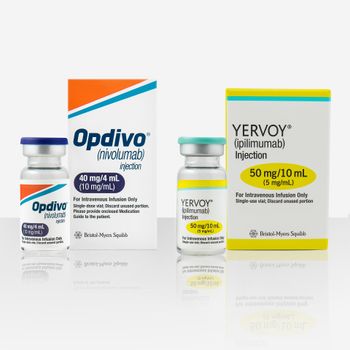
Employer Health Premiums Continue to Rise
Employer health premiums rose significantly this year, impacting healthcare costs and insurance access. A KFF survey reveals trends in coverage and employee contributions.
Average annual premiums for employer-sponsored health insurance rose to $9,325 for single coverage and $26,993 for family coverage in 2025, marking a 5% increase for single coverage and 6% for family coverage over the past year, according to the
The survey looked at employer-sponsored health benefits in the U.S., covering about 154 million people under age 65. Annually, KKF conducts the survey to track changes in premiums, cost sharing, plan types and employee access. Rising healthcare costs, changes in the workforce and more use of specialty drugs make this information important for policymakers, employers and managed care leaders.
This year, researchers collected data from 1,862 randomly chosen public and private employers with ten or more workers. Small firms in the survey have 10 to 199 workers. Davis Research, LLC, conducted the survey between January and July 2025.
The overall response rate was 13% and included employers that did and didn’t offer health benefits.
It was found that premiums vary by plan type and firm characteristics. Workers in high-deductible health plans with a savings option (HDHP/SO) also pay lower average premiums than the overall average, while PPO enrollees face higher costs.
Additionally, it was revealed larger firms and those with older or higher-wage workforces tend to have higher premiums. Most workers contribute to premiums directly, averaging 16% for single coverage and 26% for family coverage. Workers at smaller firms pay more for family coverage than those at larger firms, with average contributions of $8,889 versus $6,227, respectively.
Data shared that high deductibles remain common. For single coverage, the average deductible is $1,886, though workers at small firms face higher deductibles at $2,631. More than a third of workers with single coverage are in plans with deductibles of $2,000 or more, a share that has grown substantially over the past decade as well.
Cost-sharing for physician visits, hospital admissions and outpatient procedures also contributes significantly to workers’ out-of-pocket expenses, with average copayments of $27 for primary care visits and $45 for specialist visits.
Prescription drug coverage is nearly universal, with 99% of workers in employer-sponsored plans having access.
For example, most plans (92%) use tiered cost sharing, separating drugs by generic, preferred, non-preferred and specialty categories. It was found that copayments are common for lower tiers, while coinsurance applies to higher tiers or specialty drugs. Specialty drugs are also widely available, with 87% of workers having access and 63% in a separate tier. Many plans reduce or waive cost sharing for essential chronic medications.
It was also revealed that employers continue to use plan design strategies to manage costs and encourage efficient care.
High-performance, narrow, or specialty networks; direct contracting and variable copayments are common, particularly among larger firms. Access to primary care is mostly sufficient, with virtual care increasingly used to expand access.
Additionally, coverage for GLP-1 therapies for weight loss is growing among larger firms, though many report higher-than-expected utilization and significant impacts on prescription costs.
Plan offerings are also significantly stable.
It was revealed that PPOs are still the most common type of health plan, covering 46% of workers, followed by HDHP/SO plans at 33%, HMOs at 12% and POS plans at 9%. Self-funded plans are also common, especially at larger companies, with 80% of workers at big firms enrolled in these plans.
Many employers also offer wellness and alternative care programs. More than half of small firms and over 80% of large firms provide programs for things like quitting smoking, managing weight or coaching on healthy habits. About 30% of firms with 50 or more employees offer virtual primary care, and 7% provide primary care directly through outside organizations as well.
While most employers believe their provider networks are sufficient for timely access to primary and specialty care, only 70% report adequate access to mental health services. Employee concerns focus mainly on cost sharing, prior authorization and timely access to care. Nearly half of large employers report that employees have “high” or “moderate” concerns about cost-sharing levels.
The report highlights the ongoing tension between rising healthcare costs and the need to maintain accessible, high-quality coverage. Average family premiums have increased 26% over the past five years, roughly in line with wage growth and inflation.
By 2026, it's suggested that cost trends will be higher, potentially pushing employers to adjust plan design or increase employee cost sharing. How employers address coverage for specialty drugs, high-cost medications such as GLP-1s and preventive services could continue to be key issues in the years ahead.
Newsletter
Get the latest industry news, event updates, and more from Managed healthcare Executive.






















































